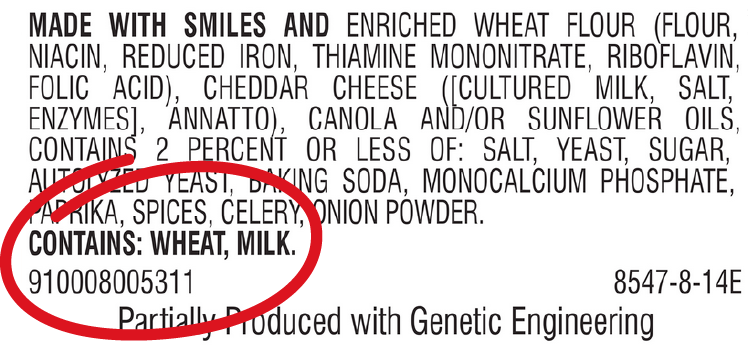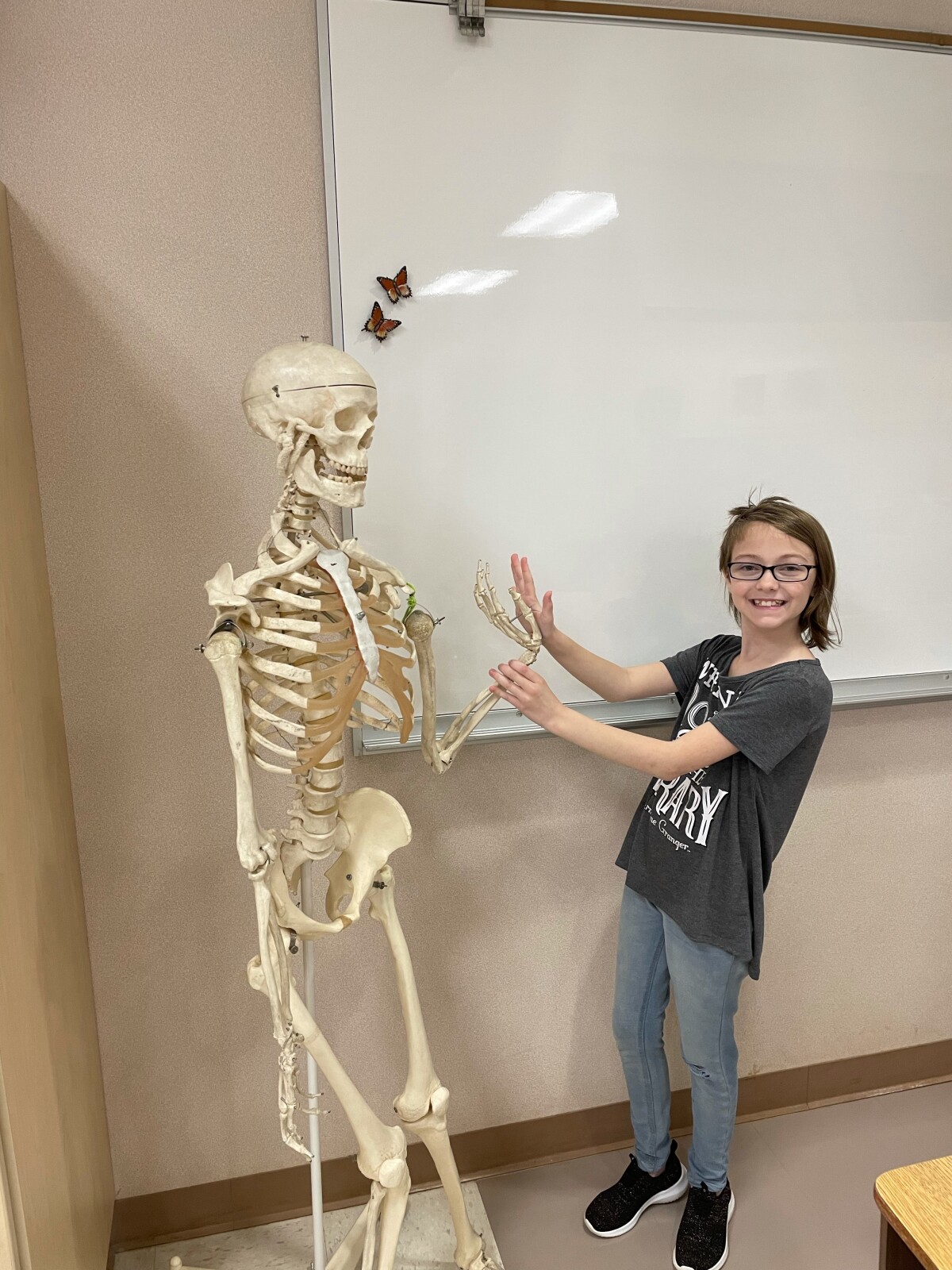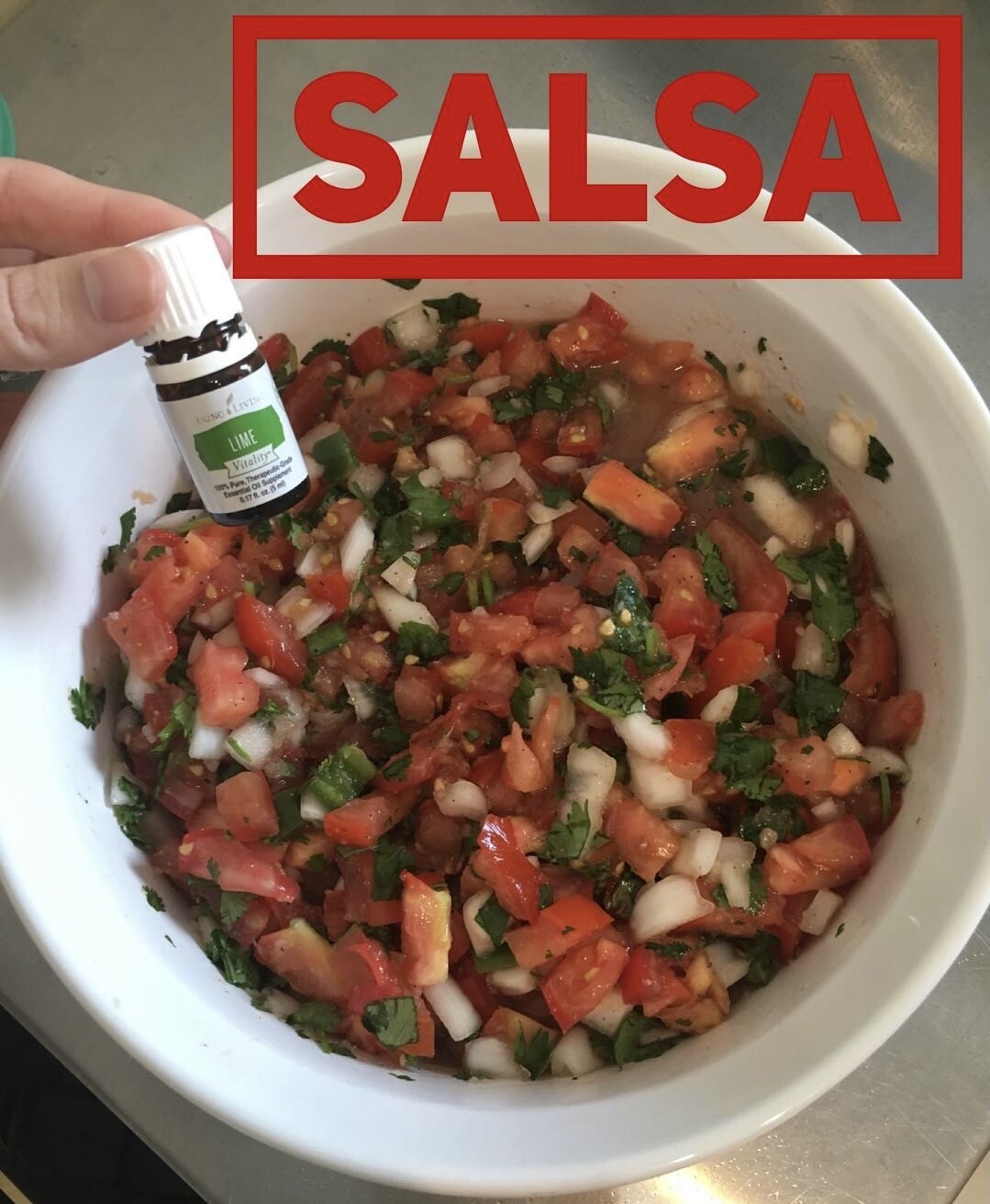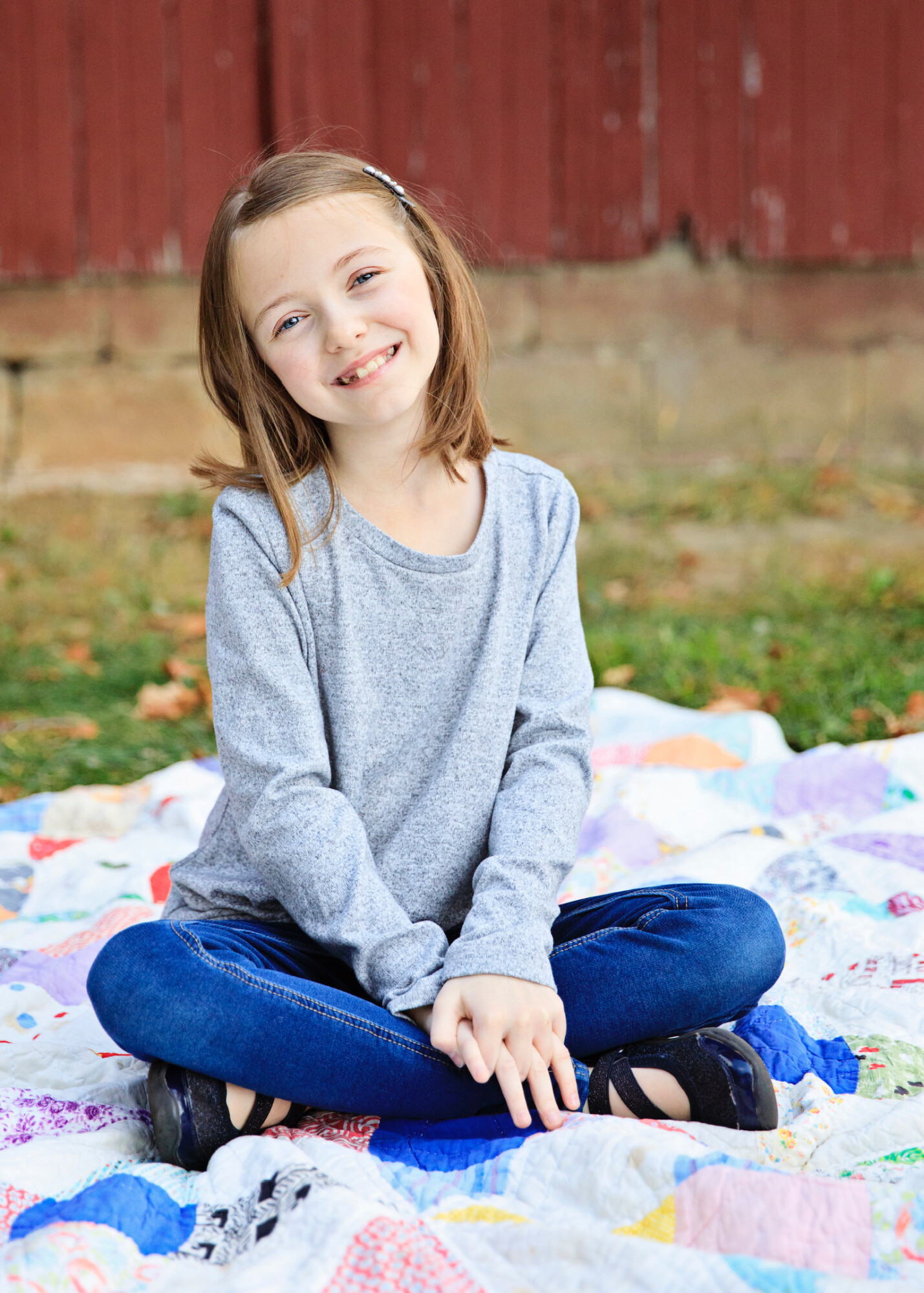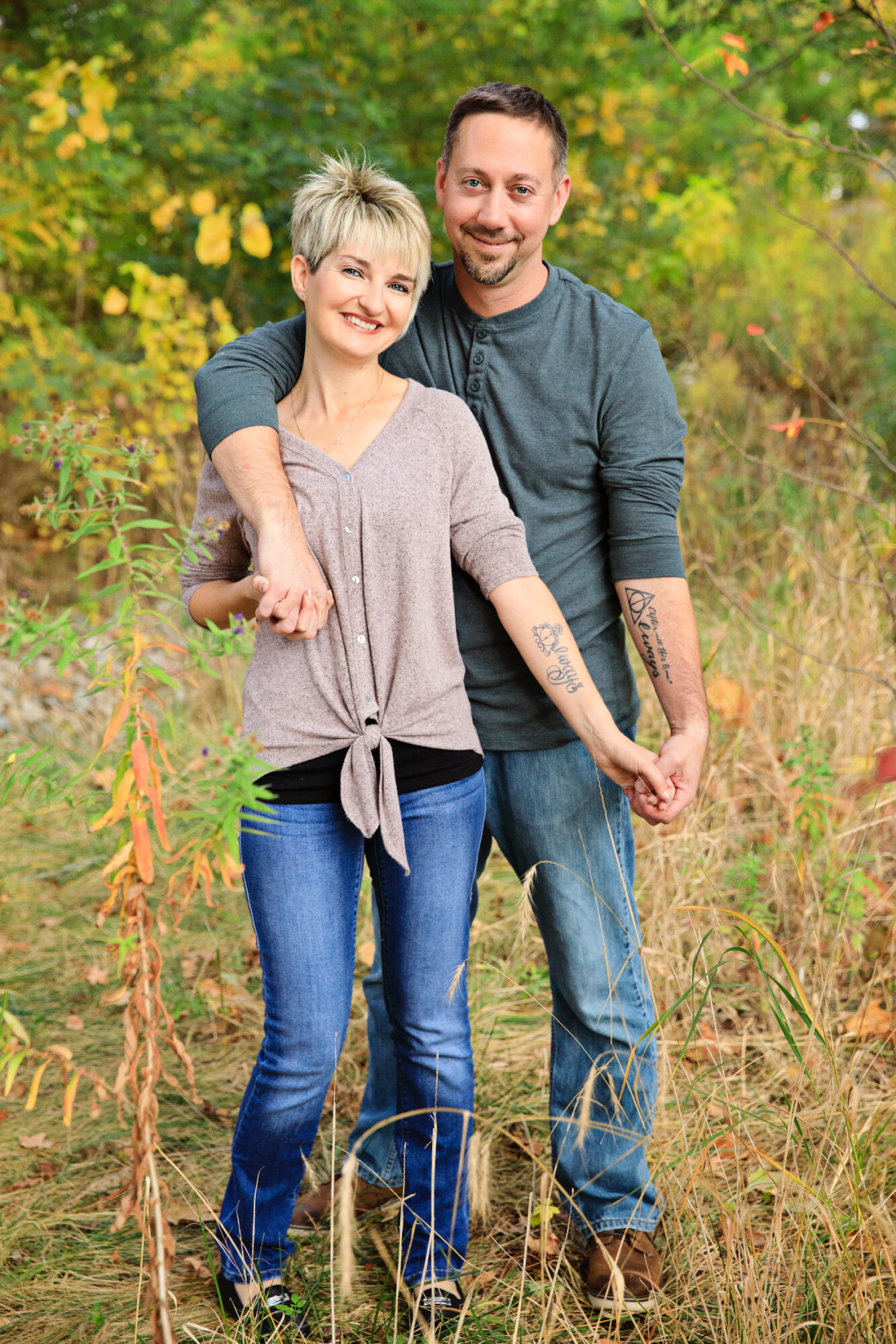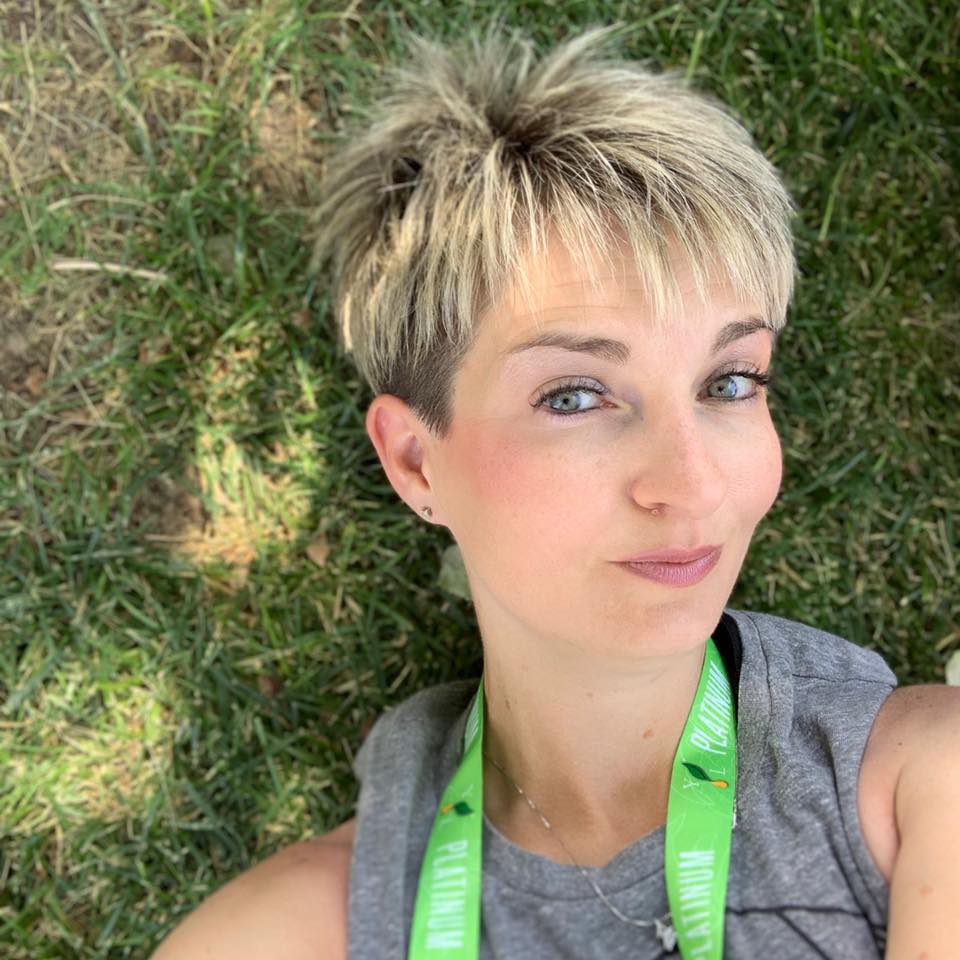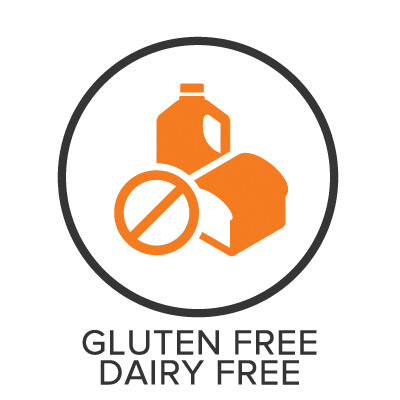
By becoming gluten-free and casein-free you remove all sources of gluten and casein from the diet. The word “diet” is really a misnomer because this is a lifestyle change. It is a way of seeing food as nourishment for the body and brain. Once you see what gluten and casein can do to some people’s bodies, you will begin to understand why this lifestyle change is so important.
What is Gluten?
Gluten is a protein found in wheat, rye, barley, and some oats. Most bread, pasta, cereals, cookies, cakes, and pretzels contain gluten. They must be removed.
What is Casein?
Casein is a protein found in dairy. Cow’s and goat’s milk both contain casein as does butter, yogurt, ice cream, cheese, and cream. Ghee is butter that has had the casein removed from it. You can use ghee if you are not allergic or sensitive to dairy.
What improvements may you see?
Below is a list of improvements that are commonly seen after implementing a gluten-free and casein-free lifestyle.
- Better cognition (described as the “fog lifting”)
- Improvement in receptive language
- Improvement in expressive language
- Better sleep
- Reduction in disruptive behaviors
- Less hyperactivity
- Better bowel movements
- Reduction in ear infections and other illnesses
- Pain tolerance normalizing
- Eczema clearing
So what do you eat?
If you shop the perimeter of the grocery store, you will find tons of delicious foods that are naturally gluten and casein free: fruit, vegetables, nuts, beans, legumes, seeds, meat, and fish. Gluten-free grains include corn, rice, quinoa, buckwheat, millet, sorghum, teff, and amaranth.
There are a number of good dairy-free milk substitutes, such as coconut, almond, hemp, flax, and rice milk. But, water is the most important drink.
Keep it simple and uncomplicated with whole foods as the goal, such as:
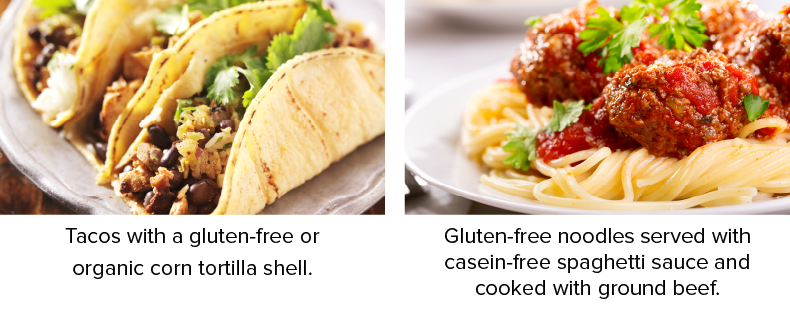
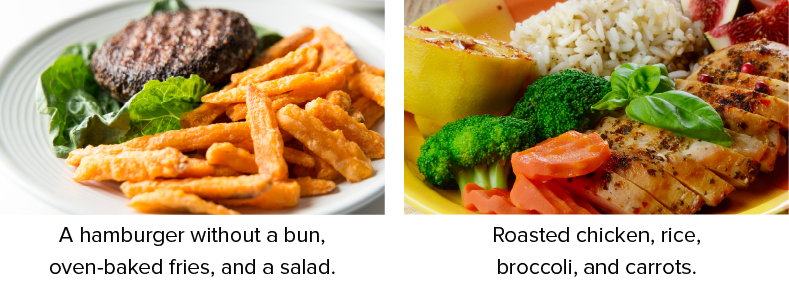

tips for being Gluten & Dairy free
- Eggs are not dairy and do not contain casein. Eggs are allowed.
- Lactose-free milk is not casein-free. Lactose is the sugar component of milk, casein is the protein component. Do not use lactose-free milk.
- Organic does not mean gluten and casein free. Organic refers to how the product was grown.
- This diet requires that all sources of gluten and casein be removed no matter how high or low the content is. Unfortunately, this means you cannot allow your child to consume even small amounts of casein and gluten. The body will react to the proteins no matter how much is ingested.
- The ultimate goal is a healthier, whole foods diet free of these large proteins.
- This is a lifestyle change, so take it one day at a time.
- Try to keep sugar to a minimum.
- Avoid food coloring and food additives as well. They are not food. In other words, they are chemicals. Additionally, food coloring and additives can cause behavioral and health issues.
- Read your labels
- Don't trust restaurants to be completely gluten and casein free, there is almost always cross-contamination.

Finding Hidden Sources Of Gluten & Casein
Don’t allow cross-contact or hidden sources of gluten, dairy, or soy to undermine your efforts. Cross-contact occurs when a food that is GFCFSF comes into contact with foods or surfaces that contain restricted ingredients; making it unsafe for your child to eat. Cross-contact can occur at home, restaurants, the grocery store, and even during the manufacturing, packaging, growing, and harvesting processes.
When shopping for groceries, be sure to read ingredient labels to look for hidden sources of gluten, casein, and soy. Even some items that are advertised as safe are, in fact, not safe.

Reading Food Labels
Thankfully, laws have been passed to help consumers read food labels. Below the food ingredients, the package will list any of the top eight allergens: milk (casein), wheat (gluten), soy, peanuts, tree nuts, egg, fish, and shellfish.
